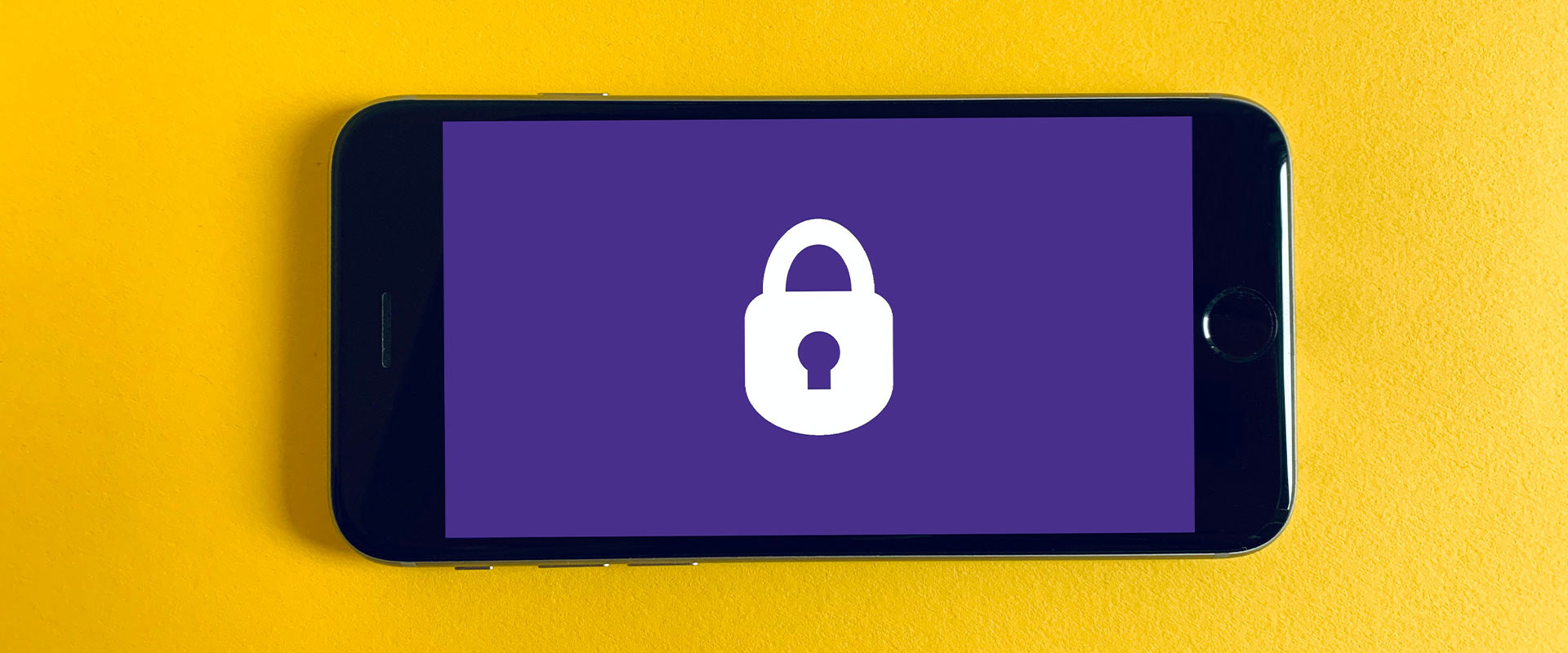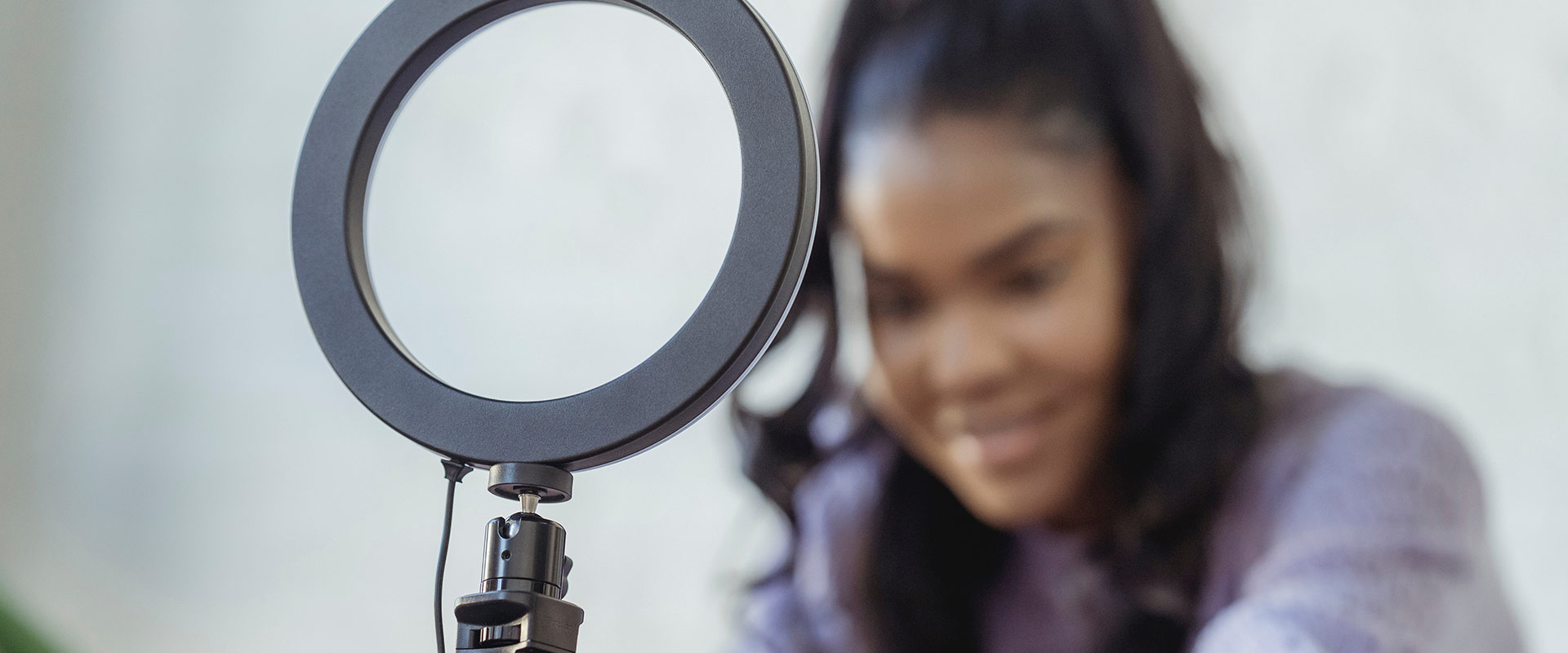The benefits of partnering with regional content creators
Marketers used to live by a slightly binary, simplistic maxim: Money in must be greater than money spent! Spend a tenner, we must get twenty back. The limitations of this position are clear; as with so many things, it’s all a bit more complicated than that. Philosophers also once believed that the known universe was centred around one small insignificant rock in the vast chasm of space. Like this long-debunked hypothesis, the traditional return on ad spend rule deserves to be reappraised. While ROAS remains a key indicator of campaign efficacy, all received wisdoms, for marketing and astronomy alike, must be recontextualised and re-evaluated over time. Today it is well understood, the enduring significance of ROAS notwithstanding, that there are a broader range of factors that contribute to a successful marketing campaign or strategy.
Despite the seismic changes in attribution brought about by reporting technology in recent years, there remains a messy middle of undiagnosable value in a great deal of marcomms activity. Trying to quantify or evaluate sentiment remains a challenge for marketers, but assuming that that which cannot be measured necessarily has no value is demonstrably the wrong conclusion. Content marketing is a case in point: engagement and brand awareness, customer loyalty and ROI can all be aided using content creators and the opportunities they present, and successful digital marketing businesses and their figureheads – such as Steven Bartlett – regularly praise the partnerships they’ve forged with content creators and influencers. According to Influencer Marketing Hub, the value of the influencer industry is set to reach $16.4 billion by the end of 2022, growing from just $1.7 billion five years ago. Crucially for many brands, this proliferation of content producers has made content into a viable proposition in the local space, aiding regional credibility and providing local uplift to national propositions.
Here are some examples of content creators and how they succeed in capturing an audience:
Bloggers
Bloggers deliver their view or experience regarding a situation or product – providing what the audience believes to be an ‘authentic take’. A company can then become a partner by facilitating the content for a post e.g., blogger tries out the latest products from a brand, or they can sponsor the blog itself for a select period i.e. “The ______ Blog” proudly sponsored by (company name here).
Podcasters
A bonus of podcasting is when guest episodes pull in bonus listeners from different niches due to guests bringing their audience. Usually, a company may sponsor a collection of episodes, or some podcasts may have segments that are up for sponsorship. Often, podcasts are uploaded to YouTube too, meaning that a podcast will reach more people in a difference space.
Youtubers/ streamers
YouTube is the second largest website in the world, the second largest search engine and has over 1 billion hours of watch time a day, so it’s a platform that cannot be ignored.
With YouTube, a brand can either partner with a YouTuber based on their personality or their content, or a combination of the two. As YouTube evolves the quality, grandeur and entertainment value are steadily increasing alongside it. A YouTuber may charge a higher fee proportionate to their audience size than a podcaster or blogger, however due to the nature of video content, the potential for a piece of content to become viral is far greater.
TikTokers
The ability to go viral quickly is what encapsulates the strengths of TikTok – as we’ve witnessed over the course of its emergence over the last few years. In the modern world of fast information, content between 30 seconds and one minute in length has become the front runner in terms of easily digestible content.
Although Instagram remains the top dog for influencer collaboration, TikTok’s watch time and retention will certainly shake up the current status quo of social media marketing, highlighted by its growth year after year:
- Sep 2017: TikTok international launch.
- Jan 2018: 11,262,970 monthly users.
- Feb 2019: 26,739,143 (137.4% increase).
- Oct 2019: 39,897,768 (19.2% increase).
- Jun 2020: 91,937,040 (130.4% increase).
- Aug 2020: More than 100 million.
- September 2021: 1 billion Monthly Active Users.
Figures taken from https://backlinko.com/tiktok-users & https://www.statista.com/statistics. – 02/03/2022
Regardless of the specific platform concerned, the potential upside from content marketing is substantial. Going viral can create enormous reach at an infinitesimal cost per thousand. One of the best examples of creator & company symbiosis is the now most-watched YouTube content creator Mr. Beast. He credits a lot of his fame and growth to a brand called Honey. Mr. Beast says that Quidd famously offered him $5,000 for a sponsorship deal for what he described as a “mediocre and bang average” video concept. However, Mr. Beast saw the potential in this and promised Quidd that if they doubled their half of the investment, he would create a video that would reach much greater numbers. Honey agreed and Mr. Beast created his first viral video “Last To Leave The Circle Wins $10,000- Challenge” Which is currently sat at 76,716,255 views (published 12 Oct 2018). Mr. Beast now has 91.1 million subscribers and still works frequently with Quidd.
TikTok has helped create social media stars overnight – Khabane Lame is a prime example of this. Having gained 133.3 million followers & over 2.1 billion likes he is now the second most followed account on the platform. His short videos “simplifying life hacks” became the main talking point of pop culture with the hashtag – #Learnfromkhaby trending alongside each upload Khabane produces. Khabane has since become partners with brands such as HUGO BOSS and mainstream celebrities such as Ed Sheeran, Vinicius Junior & Zlatan Ibrahimovic to help promote and grow their presence on the platforms.
The rise of social media and YouTube stars has shown all it takes is a determined soul with a great passion for a subject to become popular amongst their audience. Now, imagine that you happened to be the sponsor of said creator when their first video/ post goes viral and hits the big time? Instant brand association – just like Quidd and Mr. Beast.
Why sponsor a smaller creator? Well, becoming a good content creator is no mean feat. It takes a lot of graft, which is usually over and above a full-time job, often for little return. But through this graft comes an engaged audience (and you can’t be considered a successful content creator without one). A small creator might find a lot more possibilities using a fraction of the budget that national campaigns would require! They will also be determined to make your investment in them successful.
This leads me nicely on to my next point – authenticity. As mentioned, a small creator will normally work a ‘conventional’ job alongside what is essentially their professional hobby. They might create a less polished but more organic advert or review for the company than a showy TV ad campaign with a mainstream celebrity as the face of it, but this has its own value when consumers are increasingly savvy and cynical concerning more traditional marketing methodology. This look and feel provides a break in what most internet surfers are exposed to on popular social platforms. Having a promoter who is not known for promoting everything slid across their desk will show their audience that they must believe in the company they are working with.
But why not just go for the national partnership with ONE larger influencer? The joy of these smaller regional partnerships is that you get the dream result of quality and quantity. Do your research and you could end up with a diverse group of small creators scattered across the internet producing the best content for a variety of different subjects and audiences.
As for national creators, a study in Ireland from 2021 has shown that the average consumer is becoming ‘annoyed’ and ‘distrusting’ of those branding techniques that lack the previously mentioned ‘authentic’ feel. This complements the smaller regional approach with a more dedicated niche audience, so that cross-marketing from multiple celebrities is less likely to become a factor.
In conclusion, content creators & influencer marketing are on an exponential rise, with experts now labelling it as an essential aspect of all marketing strategies. While exact ROI from this activity cannot always be understood, the incalculable benefits of engaging in this space are considerable. To an extent, this is also a punt for marketers, and crucially one where the cost can be properly defined and understood while the potential upside is almost uncapped. The potential value delivered by being one of the first partners with an aspiring creator can define a brand and create significant value for the specific project, campaign or product concerned but also for the whole business. Within the regional space, as trust dwindles with larger national influencers and creators, the emergence of authentic & trustworthy regional creators has become an attractive option for audiences and, increasingly, for brands.
Related posts

21.03.24
EVENT: How to overcome e-commerce growing pains on the journey to £5m

07.03.24
Consent Mode and user privacy best practice

07.03.24
GA4 Essential Guide

20.07.22
How to maintain a healthy email list

13.04.22
GA4: Time to get going and growing

06.04.22

